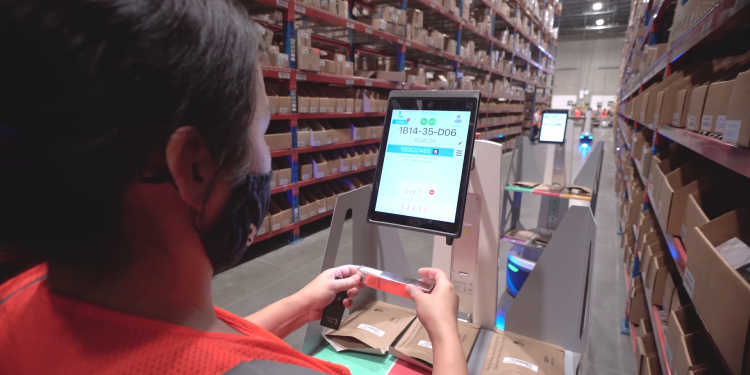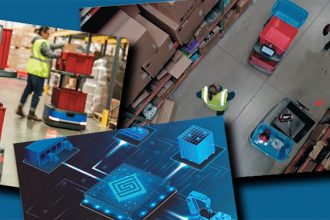Will Robots Change Your Warehouse Culture?

Long before robots began joining workers on the warehousing floor, there was fear that machines would someday replace humans. While that scenario is proving untrue, many employees express skepticism and concern when autonomous mobile robots (AMR) or articulated arms first join an operation. Will they take away much-needed jobs? Will the culture of operations change dramatically?
The good news is that once employees learn about the robots among them, they usually come to embrace them, not fear them. After all, robots free up the human workforce from tedious, demanding tasks and allow them to take on more challenging positions. But first, warehouse management needs to make a case to the workforce.
A good approach for skeptical employees is to follow the lead of the management at a successful medical company when it first talked about adding robots. The company struggled to bring in staff and keep them. Like many companies, they were in a perpetual cycle of hiring new staff, having existing staff train them, and then having the new hires disappear the next day. Because the existing team was tired of this, the company reminded them that robots would stay on the job and work hard without oversight from the current employees. This served as a light-bulb moment, and the staff began welcoming their new robotic co-workers.
Employees may also fear robots for the safety factor—after all, they reason, a quiet robot might wander into their path without them noticing it or not knowing where the arm may move, causing a painful collision. To quell those concerns, educate your employees on the fact that the bots and humans will work in separate zones if the bots are industrial ones that need to be inside cages. On the other hand, AMRs and collaborative articulated arms are worker-friendly and have safety technology built-in that allows them to work in the same aisles with humans without incident.
Robots also come equipped with easy-to-read displays, often available in multiple languages, to instruct workers on their next task. Working alongside the robots makes the work easier and more efficient, something employees can learn with a quick, hands-on training session.
Robots also ease the hectic pace of work for companies that experience busy periods—like the holiday season in the retail industry. E-commerce companies that might need to bring in hundreds of extra temporary employees can forgo that burden and pressure and instead bring in a temporary fleet of robots or purchase other inexpensive robotics. The robots get to work, handling the increased workload and making the work easier for employees.
All of these benefits add up to happier and more rested workers. Your ability to upskill your workers to handle more challenging and less physically demanding tasks allows them to find higher satisfaction from their jobs. They leave behind the repetitive, mundane tasks that often lead to burnout, leading them to stay on the job longer. The same goes for recruitment—when educated, potential employees find the idea of working alongside robots an appealing prospect, your company gains a competitive advantage.
To read more about the Buyer’s Journey:
Making Safety A Priority With Robotics
Robots Make Work Easier For Humans
When Flooring Takes Center Stage In Robotics
How Robotics Can Increase Your Throughput
Sharing Best Practices – Post Implementation
How To Avoid Potential Pitfalls Of Robotics Ownership
Your Guide To Successful Metrics For Automation Implementation
Orchestrating Workflows Within Your Distribution Center
Justifying Robotics In Your Operations
Robotics – The Buyer’s Journey, Part II
To learn more about The Robotics Group (TRG): https://www.mhi.org/robotics



